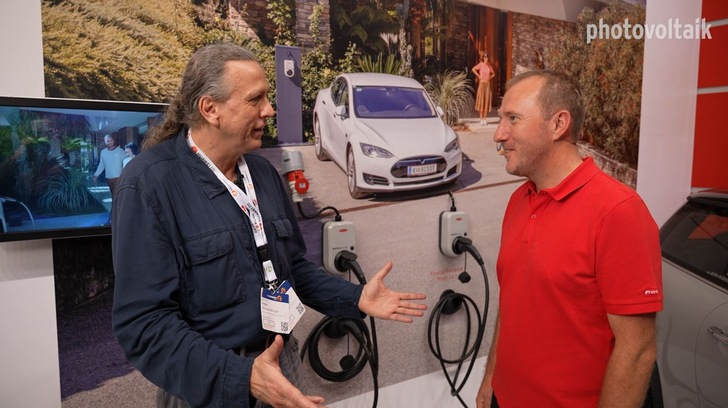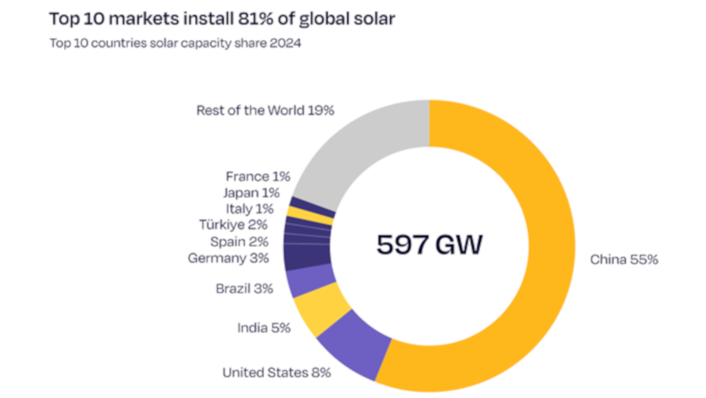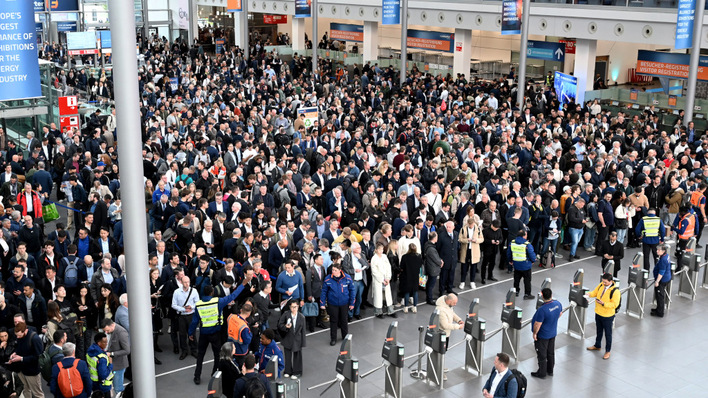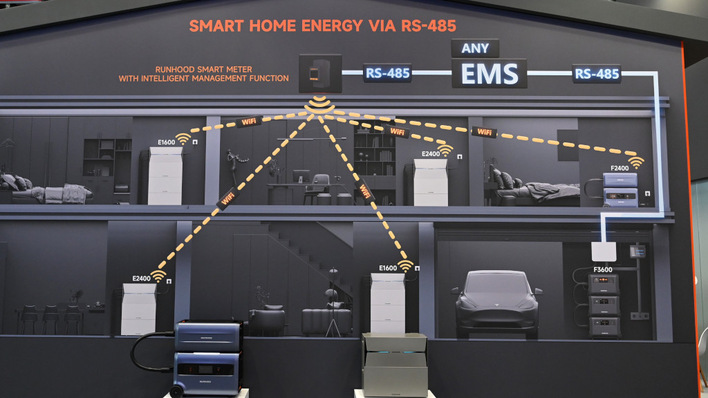Fronius has committed itself to this motto: 24 hours of sun. What is that all about?
Martin Hackl: 24 hours of sun is about our deep conviction that supply with one hundred per cent renewable energy is possible. What does it take? First of all, there was a need for electrification of consumption and products that can be used to generate energy very efficiently, store it, but then distribute and consume it again easily. We combine this in our products. To ensure a full energy supply over 24 hours.
Originally, the inverters were only intended for feeding electricity into the grid, today we are talking about self-consumption. What do the inverters have to be able to do throughout the 24 hours?
We started 30 years ago and a lot has changed in that time. The inverter has changed a lot. These have become really powerful platforms for shifting and converting energy. Of course, there is also a portion of intelligence that is needed so that the energy flows can be controlled on the one hand, but also so that products such as the Wattpilot can be integrated. The data that is generated is used for monitoring, for the interaction with the user, i.e. with the customer, so that she/he can control these systems. We use it heavily for after-sales services, for maintenance and for simple installations.
There is also intelligence in the Wattpilot. The charging box can automatically switch from single-phase to three-phase. This is distributed intelligence that the inverter controls. Is this a new trend?
This is absolutely a trend. It's now about more than generating solar power. We have to think about how we can best use electricity for heat, cooling and mobility. This calls for good interconnection to bring generation and consumption together and also requires products that are intelligent. And the Wattpilot fits that brilliantly. That is very smart even without photovoltaics, because it can flexibly use electricity tariffs. You can take it with you as a plug variant in the trunk. The user always has full control over the way she/he wants to charge the car.
You started with hydrogen years ago. What are your experiences with hydrogen as an energy source?
We have been dealing with this for almost 20 years. Now we have a product that we call the Solhub. What does it do? It generates hydrogen and makes it available for mobility, for buses or heavy goods traffic. On the other hand, you can store the hydrogen and use it later to generate electricity, for example when the sun isn't shining. So that would be this classic summer-winter issue. After all, in winter we have not quite so much sun here in Central Europe.
The markets are growing, the demand is enormous. How do you cope with that? Are you expanding your production facilities?
Yes, we are. For manufacturing, we have a very strong focus on Europe because that is the best way for us to ensure that quality, social and environmental standards are at the highest level. We have plants in Sattledt in Upper Austria and in Český Krumlov in Czechia. We are expanding significantly at both locations. In Sattledt, our production area is currently being doubled to 100,000 square metres. (HS/mfo)
Watch the video with Martin Hackl here.
Watch all our CEO-Talks with decision makers from our industries.








